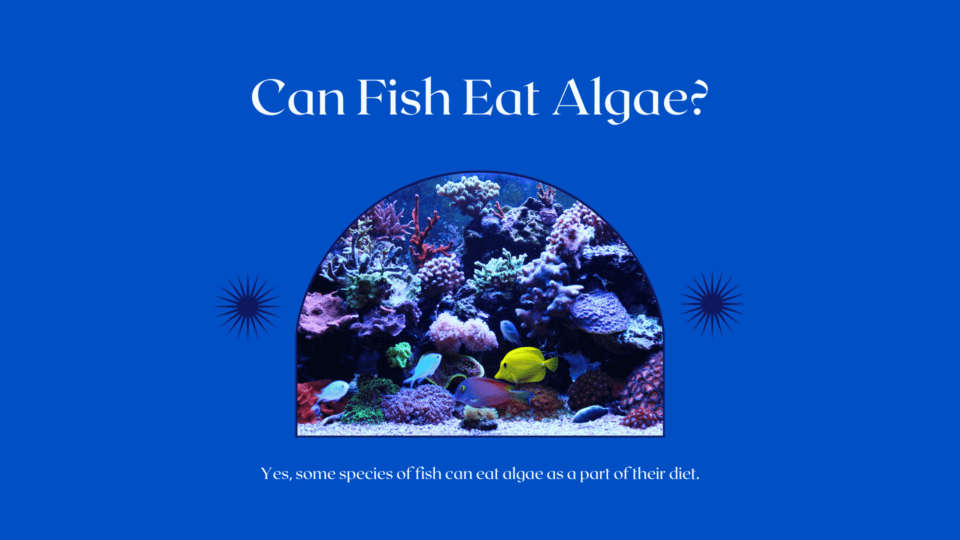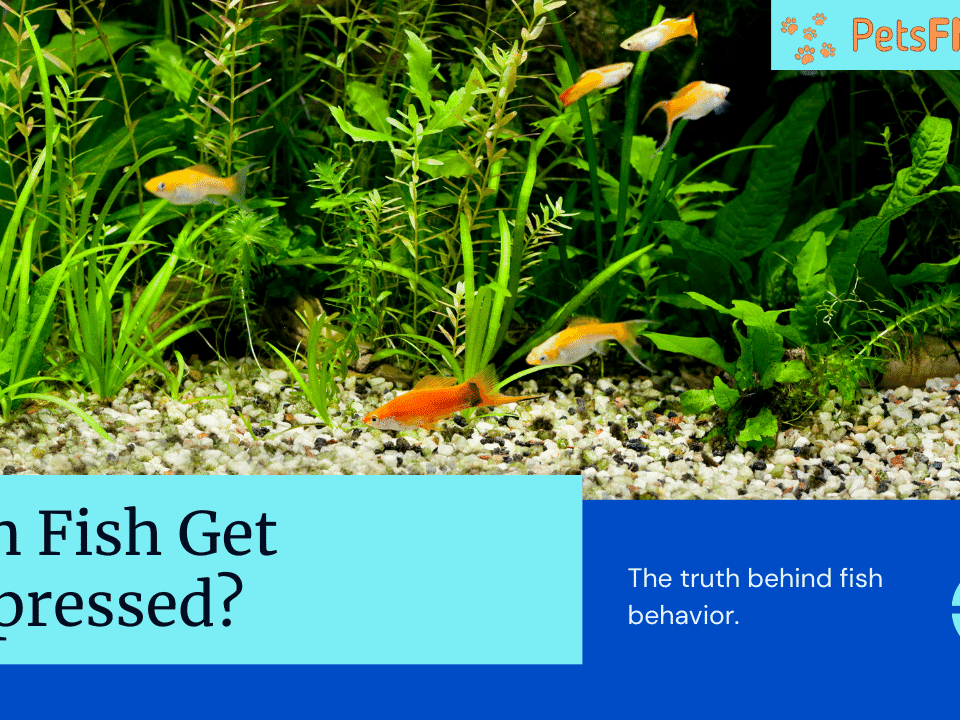


Overweight & Obesity in Fish: Prevention and Action
February 25, 2024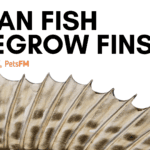


Can fish regrow fins after they lose them?
February 26, 2024Algae are common in many water places, like oceans, rivers, and even our fish tanks at home. Knowing about algae is very important for people who have fish as pets or take care of big water areas. A big question they often have is: Can fish eat algae? This might seem simple, but there’s much to discover about fish, algae, and how they live together.
Here’s a quick answer: Many fish can eat algae. It serves as a natural and nutritious food source for them. Algae-eating fish, such as plecostomus, certain cichlids, and Siamese algae eaters, help maintain clean aquatic environments by consuming algae growth. However, not all fish eat algae, so it’s essential to know the dietary preferences of your specific fish species.
In this blog, we’ll dive explore fish and algae. We’ll look at different types of algae, find out which fish like to eat them and see how this affects the water they live in. Get ready to learn some cool facts that can help keep your fish happy and your water clean!
What is algae?
Algae are tiny plant-like living things found in water. They can be as small as a single cell or as large as seaweed that stretches many feet. There are many kinds, including green algae that you might see in ponds, brown algae in oceans, and red algae that can grow in both fresh and salt water.
Algae plays a big part in water worlds. They make oxygen for fish to breathe and are food for many water creatures. However, too much algae can block sunlight and harm water life by using up all the oxygen at night, making it hard for fish to survive.
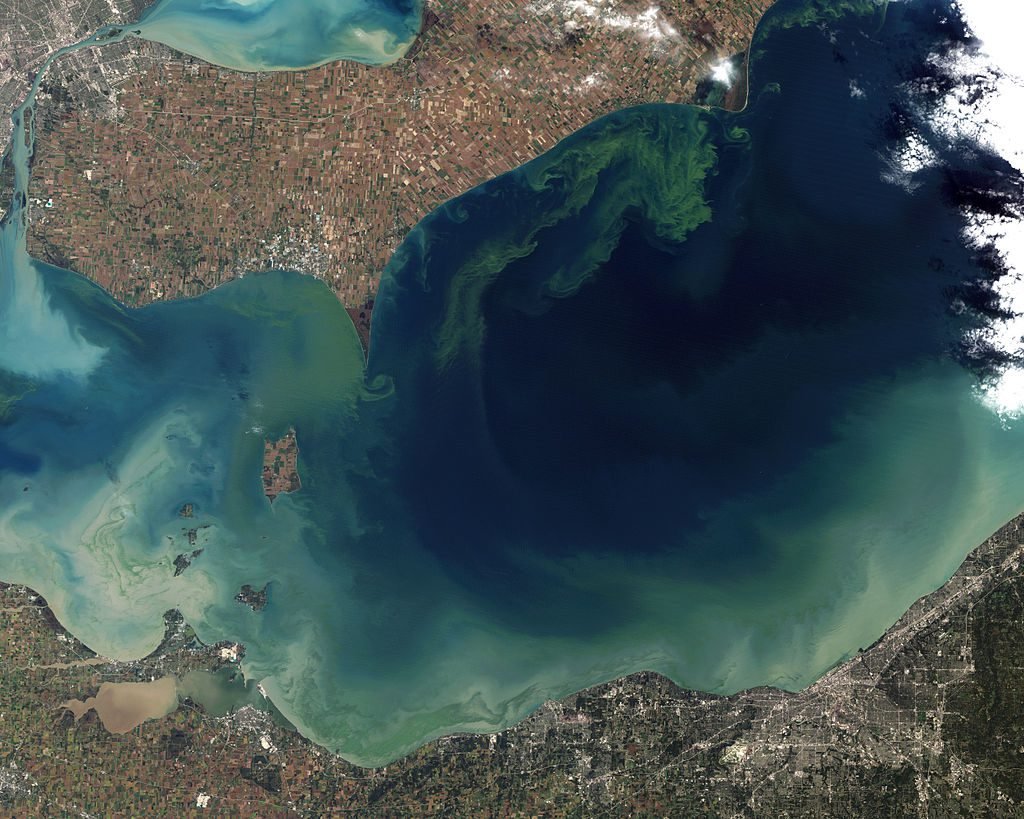

Algae Bloom in Lake
Must Read: Why Does My Fish Tank Smell? | How To Remove The Smell?
Algae as a food source for fish
Algae is like a salad bar for many fish, giving them food straight from their water home. It’s packed with vitamins and minerals that help fish stay healthy. Here’s how algae is an excellent meal for fish:
- Natural Kitchen: Algae grow in water, making it an easy snack for fish to munch on at any time.
- Healthy Snack: It contains nutrients that keep fish fit, like vitamins A and C and protein.
What are the different types of algae that fish eat?
Fish eat various types of algae found in both freshwater and saltwater environments, each offering unique benefits and serving as a natural food source. These algae types range in texture, nutritional content, and availability, catering to the dietary preferences of different fish species.
- Green Algae: Common in many aquariums, it’s a primary food source for many algae-eating fish.
- Brown Algae (Diatoms): Often found in newer tanks, it’s consumed by certain fish and helps tank maturation.
- Red Algae: Though less common in freshwater, some marine species feed on it, especially in reef tanks.
- Blue-Green Algae (Cyanobacteria): It is not a true algae, but some fish can eat it. However, it’s often considered undesirable due to its potential to create toxic conditions.
- Hair Algae: Long, filamentous strands eaten by some species, helping to control its growth in the tank.
Fish Species That Eat Algae
Many fish enjoy algae as part of their diet, both in freshwater and saltwater environments. These fish get essential nutrients from algae and help keep their habitats clean by eating them.
Some fish prefer certain types of algae over others, making them great natural cleaners for different aquatic settings. Here are the 16 most common fish species that eat algae.
- Plecostomus (Freshwater): Known as “plecos,” these fish are algae-eating champions in aquariums, loving mostly green algae.
- Siamese Algae Eater (Freshwater): They are great for controlling algae growth, especially green and brown types.
- Otocinclus (Freshwater): Small but efficient, they prefer soft green algae and are perfect for small tanks.
- Blennies (Saltwater): These quirky fish are excellent at grazing on algae, mainly green algae, in saltwater tanks.
- Tangs (Saltwater): Tangs enjoy various algae, making them valuable for maintaining clean reefs and aquariums.
- Mollies (Freshwater): Adaptable fish that eat algae and help control their growth in aquariums.
- Chinese Algae Eater: Thrives in freshwater tanks and prefers green algae.
- Bristlenose Pleco: A smaller pleco species for algae control in freshwater aquariums.
- Sailfin Pleco: Known for its size and appetite for algae in larger freshwater tanks.
- Flying Fox: Enjoys a variety of algae types, making it a great addition to freshwater setups.
- Amano Shrimp: While not a fish, it’s an effective algae eater in freshwater aquariums.
- Nerite Snails: Another non-fish algae eater, excellent for fresh and saltwater tanks.
- Rabbitfish (Saltwater): Known for their algae-grazing habits in marine tanks.
- Surgeonfish (Saltwater): Like tangs, they are effective algae eaters in saltwater environments.
- Guppy: Guppies can consume certain types of algae in freshwater tanks, helping with minor algae control.
- Goldfish: While not the most efficient, they will eat algae and other food in freshwater tanks.


Siamese Algae Eater
Recommended Reading: Is My Fish Depressed? The Red Flags to Watch For
The benefits of algae: Is it safe for fish?
Eating algae is not just about filling up for fish; it’s like eating a meal with everything they need to stay healthy and strong.
Algae offer a variety of nutritional benefits that can significantly impact the health and well-being of fish:
- Vitamins: Algae are rich in vitamins like A, C, and E, which help fish with their vision, skin health, and immune system.
- Minerals: Important minerals in algae, such as calcium and iron, contribute to strong bones and healthy blood.
- Proteins: Essential for growth and repair of tissues, making fish more robust and healthier.
Can you keep algae-eating fish in your tank?
Yes, you can keep algae-eating fish in your tank, and it’s often an excellent idea for several reasons:
- Natural Cleaners: Algae-eating fish help control and reduce algae growth in your aquarium, keeping your tank cleaner and more visually appealing.
- Balanced Ecosystem: Introducing algae-eaters can create a more balanced ecosystem within your aquarium by ensuring that algae levels are kept in check, which is beneficial for the health of all tank inhabitants.
- Diverse Diet: These fish can thrive on the algae in the tank while accepting supplementary foods, making them relatively easy to care for.
However, there are a few considerations to keep in mind:
- Tank Size and Conditions: Make sure your tank is the right size and offers the right conditions (like water type, pH, temperature) for the specific species of algae-eating fish you’re interested in.
- Compatibility: Ensure the algae-eating fish are compatible with other fish and creatures in your tank to avoid conflicts.
- Overstocking: Adding too many fish to your tank, even if they eat algae, can lead to overstocking issues, affecting the water quality and health of your aquatic pets.
Do you need to feed something else to your algae-eating fish?
Along with their algae diet, algae-eating fish often require additional food to ensure a balanced and nutritious diet. Algae might not supply the nutrients these fish need for optimal health, growth, and coloration. Offering a variety of foods can prevent nutritional deficiencies and promote a healthier, more vibrant aquarium.
Supplementing their diet with vegetable-based foods such as spirulina tablets, blanched vegetables (like zucchini, cucumber, and lettuce), and algae wafers is beneficial. For species that require a more diverse diet, including some protein, occasional treats of brine shrimp or bloodworms can be given.
This approach ensures that algae-eating fish can access all the essential vitamins, minerals, and proteins they need beyond what algae alone can provide.
Editor’s Pick: Are Fish Good Pets? 10 Things to Consider Before Getting One
Tips for managing algae in your fish tank
Managing algae in aquatic environments is crucial to maintaining a healthy balance where algae serve as a beneficial food source without overwhelming the ecosystem.
Here are some tips to keep algae growth in check:
- Light Control: Algae thrive on light, especially if it’s too intense or the tank is exposed to sunlight for long periods. Adjusting lighting schedules to mimic natural day and night cycles can help limit excessive algae growth.
- Nutrient Balance: Overfeeding fish can lead to excess nutrients, which fuel algae growth. Ensure you’re feeding the right amount and removing uneaten food promptly. Also, regular water changes can help control nutrient levels in the water.
- Aquatic Plants: Live plants compete with algae for nutrients and light, making them a natural method to control algae. The more plants you have, the less likely algae are to dominate.
- Proper Filtration: A well-functioning filtration system helps remove excess nutrients and organic matter from the water, reducing the food available for algae.
- Cleaning: Regular cleaning of the tank or pond, including scraping algae from surfaces and vacuuming the substrate, can physically remove algae before it becomes problematic.
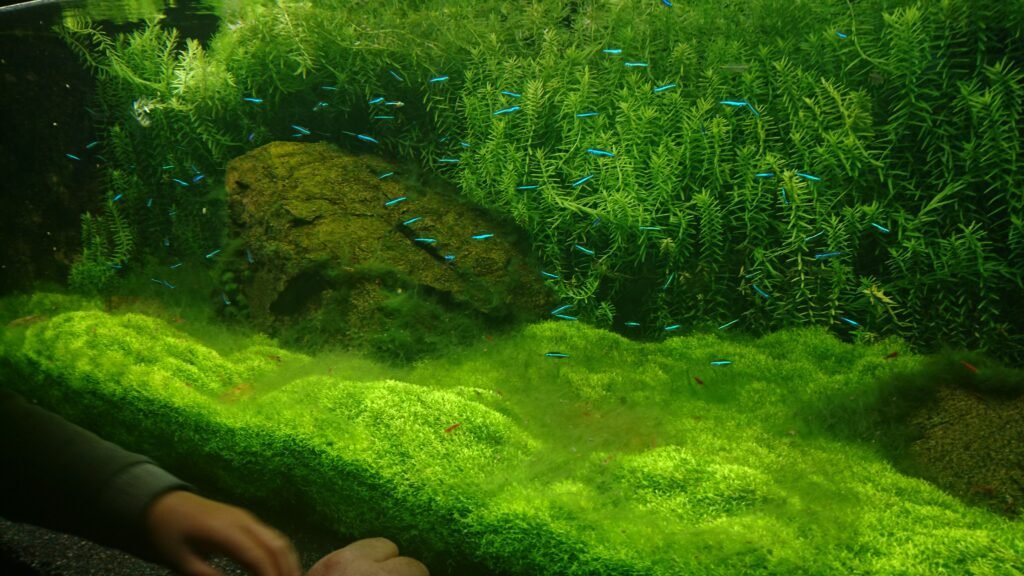

Algae in Tank
Cautions and considerations
When incorporating algae-eating fish into your aquatic ecosystem, it’s essential to consider potential concerns and manage associated risks effectively:
- Overconsumption: Ensure enough algae to sustain your fish without depleting it entirely. Overconsumption can lead to starvation if algae levels become too low.
- Dietary Imbalance: Relying solely on algae might not provide all the necessary nutrients. Supplement with appropriate fish food to ensure a balanced diet.
- Toxic Algae: Some algae, like certain blue-green algae (cyanobacteria), can produce toxins harmful to fish and humans. Recognizing and removing toxic algae promptly is crucial.
- Algae Competition: Different algae-eating species may compete for food, which can stress fish and lead to dominance issues. Monitor fish behavior and adjust the population as needed.
- Water Quality: Excessive algae growth can indicate poor water quality. Regularly test water parameters (nitrate, phosphate, pH, etc.) to ensure a healthy environment.
- Species Compatibility: Choose algae-eating fish compatible with other fish and plants in your tank to prevent aggression or damage.
We Recommend Reading: 9 Fish That Play Dead (& Facts You Should Know)
Guidance for Managing Risks:
- Regularly inspect your tank for signs of unhealthy or excessive algae growth.
- Introduce a variety of algae-eating species suited to your tank’s conditions to distribute grazing pressure evenly.
- Maintain a routine of water changes and tank cleaning to manage nutrient levels and prevent toxic algae outbreaks.
- Supplement the diet of algae-eating fish to ensure they receive all necessary nutrients.
- Monitor fish behavior and health, adjusting the tank population and feeding practices to maintain balance and harmony within the ecosystem.
Can all fish eat algae?
Not all fish eat algae. While many freshwater and saltwater species consume algae as part of their diet, some fish have different dietary requirements and may not eat algae. It’s essential to research the specific needs of your fish species.
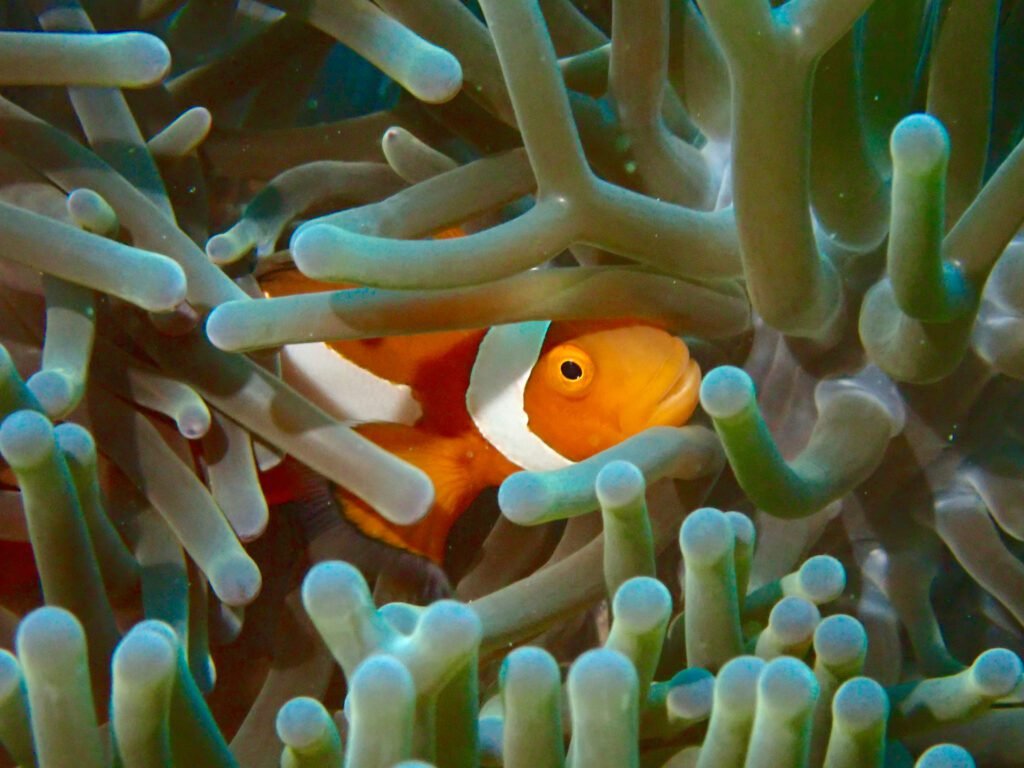

Clown Fish
How often should I add algae-eating fish to my tank?
The number of algae-eating fish you should add depends on the size of your tank and the amount of algae present. Generally, a balanced approach is best, ensuring enough algae to sustain them without overcrowding the tank. Always research the species to understand their space and dietary needs.
Also Read: Why Does My Fish Tank Lose Water? Causes & Solutions!
What should I do if there’s too much algae in my tank?
If you notice excessive algae growth, first check your tank’s light exposure and nutrient levels, as these are common contributors to algae blooms.
Reducing light, performing regular water changes, and adding appropriate algae-eating fish or invertebrates can help control algae. For persistent issues, consider consulting a specialist to address underlying problems.
Conclusion
In this blog, we explored how algae serve as a crucial food source for many fish, offering essential nutrients for their health. We identified fish species that naturally consume algae, highlighting the balance they bring to aquatic ecosystems.
Understanding which fish eat algae is vital for their well-being and the environment’s health. We encourage you to consider the natural diets of your aquatic pets to maintain a healthy, thriving underwater home.
